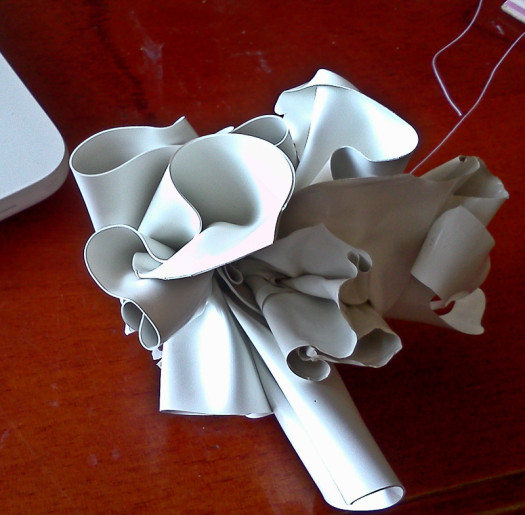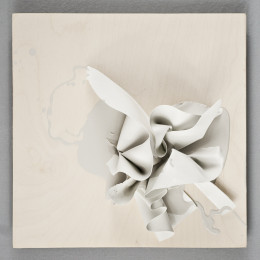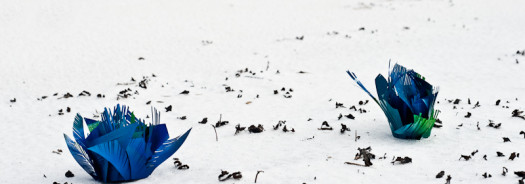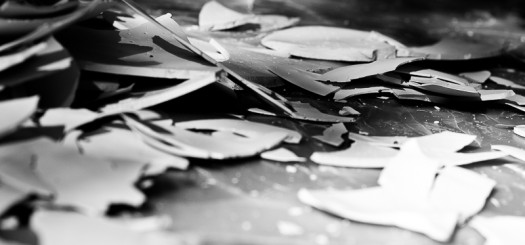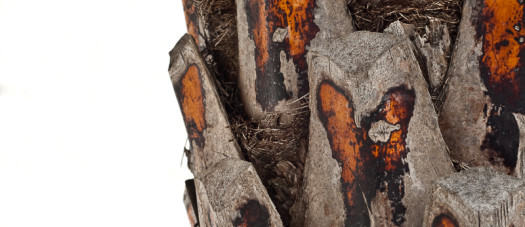 2014 turned out to be a jam packed year between residencies, exhibitions and new work and materials. while the concepts behind my work shifted and clarified, the work itself started to take new forms. many of these shifts began with a residency in february at escape to create in seaside, fl. set in an idealic location of sun, white sand and blissful weather, i was able to bypass most of the polar vortex and focus on incorporating new materials into my work, as well as work on grant proposals.
2014 turned out to be a jam packed year between residencies, exhibitions and new work and materials. while the concepts behind my work shifted and clarified, the work itself started to take new forms. many of these shifts began with a residency in february at escape to create in seaside, fl. set in an idealic location of sun, white sand and blissful weather, i was able to bypass most of the polar vortex and focus on incorporating new materials into my work, as well as work on grant proposals.
the main focus for new materials was latex house paint. toxic if not disposed of properly, it’s one of those household items one always has too much of. while there are a variety of different options for disposal now, that wasn’t always the case. only 5 years ago, there were only three cities in the united states which had recycling programs for latex. one could take the cans in, drop them off. the paint would be sorted by colour, mixed and batched and prepared for resale. now, hazardous waste facilities across the country accept latex for disposal and some will allow people to go through the cans which have been dropped off, pick out what they want and take them home for use. i actually did this for installations later in 2014. all in all, i went through approximately 40 gallons of paint which had been picked up from a hazardous waste facility.
for several months prior to arriving in seaside, i’d begun experimenting with incorporating latex house paint in my work. a fellow resident, natalie bork, from my time at the mccoll center for art + innovation had used latex house paint in her work. while her process was completely different, i found part of her process fascinating. i was interested in finding a new material which would allow me to create similar formations to what i was able to create with wax, and her skins looked like they might be a good alternative. i’ve been looking for a material which would free my work from the rigid (literally and figuratively) substrate wax required. my goal was to create free flowing three dimensional pieces similar to the wax formations which could hang down a wall and run across the floor. work which could drape over a railing. an organic growth fitted to a man-made environment. i thought the flexibility of paint skins would give me that ability.
while still in charlotte, i rescued some cans of paint which had been left at the dumpster and started pouring on various surfaces to see what would work best to provide a flat even finish and wouldn’t be ripped apart when i peeled the dried paint skins up. i also experimented with different fabrics to see if i could find something which could be incorporated into the pour to provide additional support so the dried paint wouldn’t rip when under tension. by the time i left for seaside, i’d gone through about eight gallons of paint and created a few experimental pieces both mounted to wood and sewn together.
i left for seaside, mats and tarps in hand, ready and excited to start pouring a lot of paint! the wonderful marsha dowler at escape to create worked with her local resources to gather up three five gallon buckets of paint. once there and set up, i started pouring. and pouring. and pouring. and to my complete horror, the paint didn’t set right. instead of yielding the consistent results i’d expected from the paint skins i’d produced in charlotte, i wound up with brittle, cracked paint which looked more like dried mud. it was dry and brittle, not soft and supple. i tried a whole host of different variables, but nothing worked. i tried thin pours. i tried thick pours. i tried mixing the paint longer to make sure everything was blended well. nothing mattered. i deeply frustrating time. i had all these plans and all these tools i’d brought to focus on this work, which was really excited to make, and it was not coming together.
so to give myself a little time to shake it off and figure out what was wrong, i turned to my backup project. just some salvaged materials from a previous fun and not-even-close-to-serious installation for a fundraiser. i saved the work because the materials were kind of cool and thought i might be able to do something with them at a later date. with some small measure of foresight, i brought them with me just in case i had some time to kill, to see if i could come up with a way to use them. the pieces were mostly large sheets of clear acrylic called dura-lar. i’d spray painted them to create a fun aquatic landscape. and for some reason, pulling these things out and looking at them, i sparked with the idea of little squid. scissors in hand, i started cutting up small pieces of plastic to make crazy cuttlefish. while they looked more like fabulous earrings from the 80’s, the cuttlefish led to jellyfish, jellyfish led to plants and plants morphed into something which bordered on feathers and birds. after hours and hours of cutting, these anamorphic creatures took shape and we made a trip down to the beach to see what they would look like in situ. the pristine white of the sand and contrasting black of old wood and degraded plant material became an amazing backdrop for these little creatures. click on the image below to see a gallery of the recycled acrylic pieces from the installation.
in the end, the latex didn’t work out as expected. i created mounds and photographed them using a macro lens to create really lovely distorted landscape images. again, click on the image for the gallery of latex landscapes.
